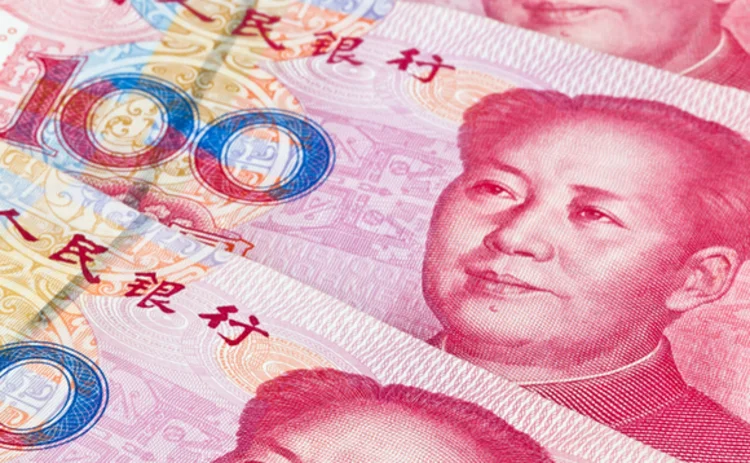
China to start selling ultra-long term sovereign bonds
Authorities will start selling 30-year bonds as first stage of major fiscal stimulus

The Chinese government will start issuing ultra-long special sovereign bonds to support the economy, the finance ministry said today (May 13).
The central government will start selling 40 billion yuan ($5.5 billion) of 30-year bonds on May 17, with the final batch on sale in November. Authorities will also start offering bonds with 20-year and 50-year tenors from May 24 and June 14 respectively.
In March, Chinese premier Li Qiang first revealed plans to issue “ultra-long term special government
Only users who have a paid subscription or are part of a corporate subscription are able to print or copy content.
To access these options, along with all other subscription benefits, please contact info@centralbanking.com or view our subscription options here: subscriptions.centralbanking.com/subscribe
You are currently unable to print this content. Please contact info@centralbanking.com to find out more.
You are currently unable to copy this content. Please contact info@centralbanking.com to find out more.
Copyright Infopro Digital Limited. All rights reserved.
As outlined in our terms and conditions, https://www.infopro-digital.com/terms-and-conditions/subscriptions/ (point 2.4), printing is limited to a single copy.
If you would like to purchase additional rights please email info@centralbanking.com test test test
Copyright Infopro Digital Limited. All rights reserved.
You may share this content using our article tools. As outlined in our terms and conditions, https://www.infopro-digital.com/terms-and-conditions/subscriptions/ (clause 2.4), an Authorised User may only make one copy of the materials for their own personal use. You must also comply with the restrictions in clause 2.5.
If you would like to purchase additional rights please email info@centralbanking.com test test test







